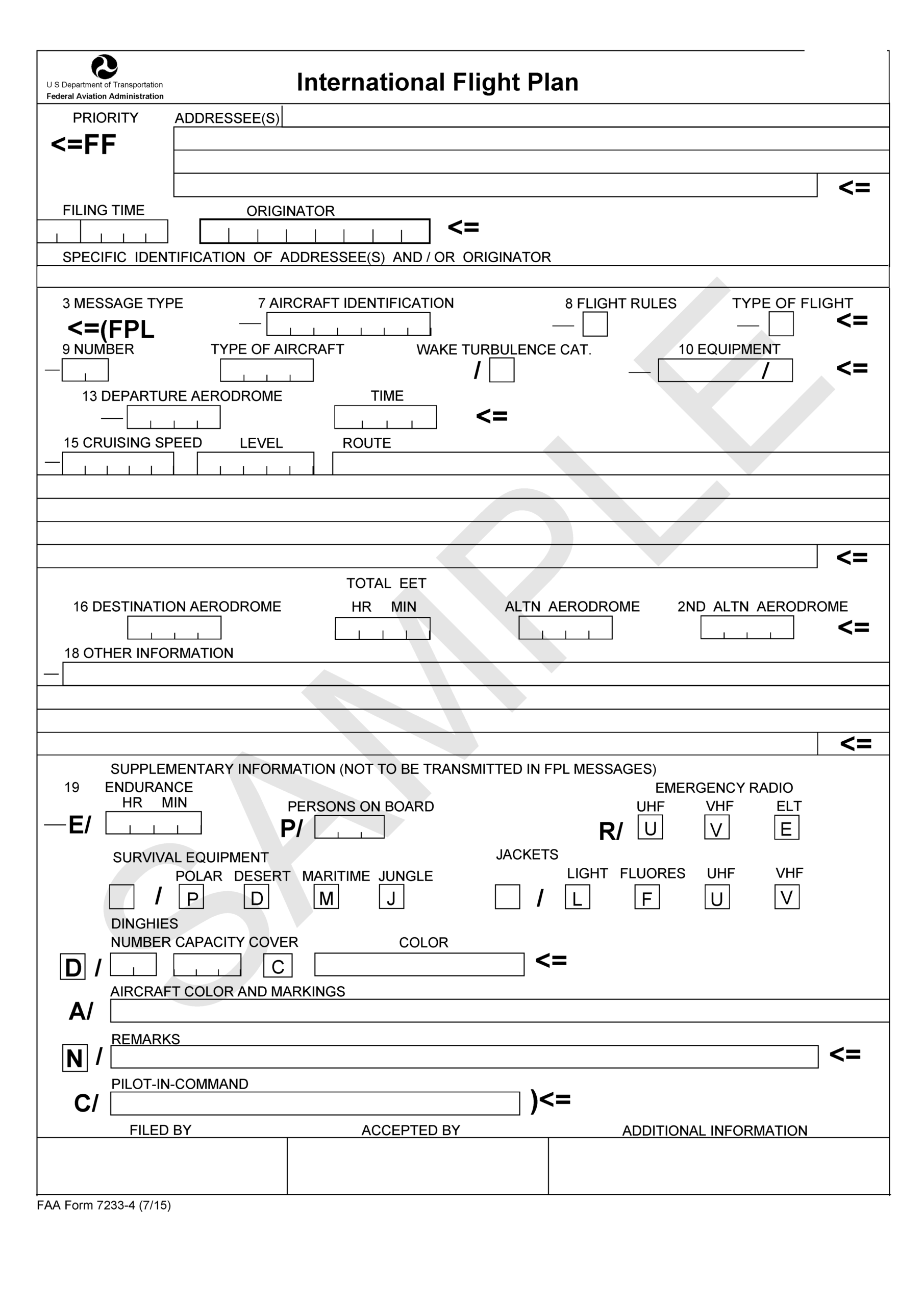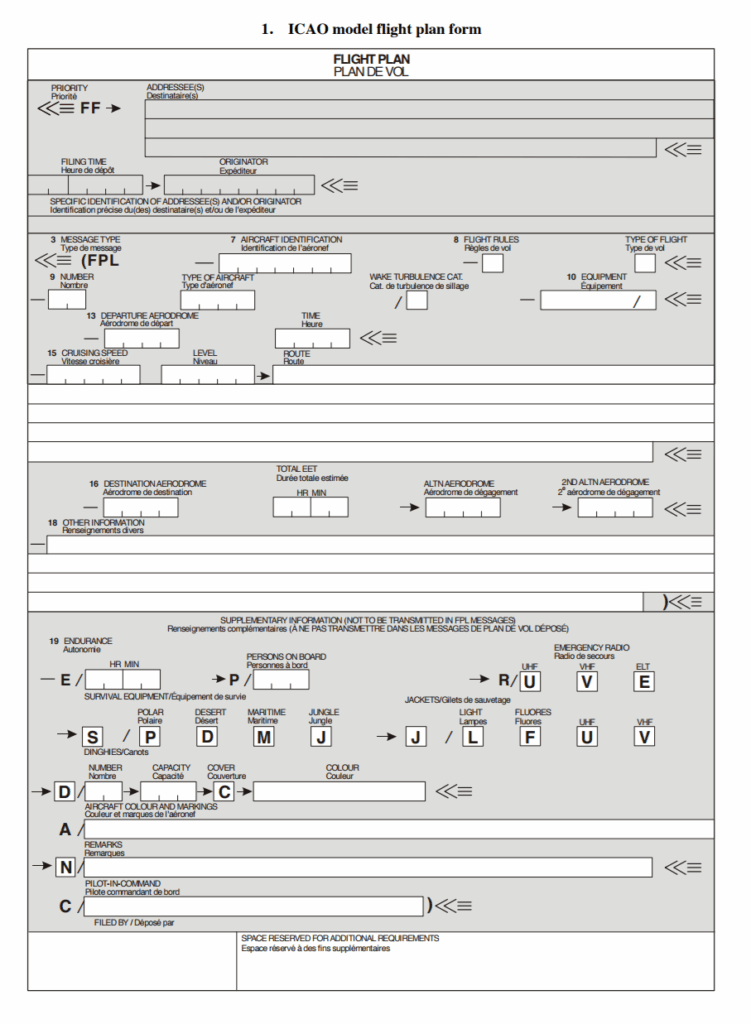When filing an ICAO flight plan, pilots are required to provide detailed information about their intended flight. This includes the aircraft identification, type, and equipment, as well as the departure and destination airports. It is important to ensure that all information is accurate and up to date to facilitate efficient communication with air traffic control.
In addition to basic flight details, pilots must also indicate their planned route, cruising altitude, and estimated time of departure and arrival. This information helps air traffic control track and manage air traffic to ensure a safe and orderly flow of flights.
Icao Flight Plan Form Instructions
Section 2: Completing the Form
When completing the ICAO flight plan form, pilots should follow the instructions provided by their aviation authority. The form consists of various sections, each requiring specific information such as the aircraft type, departure point, route, and fuel onboard. It is crucial to fill out each section accurately to avoid delays or misunderstandings during the flight.
Pilots should also ensure that they include any special instructions or requests in the remarks section of the form. This could include information about additional equipment on board, special handling requirements, or any other pertinent details that may affect the flight. By providing thorough and accurate information, pilots can help air traffic control better assist them during their journey.
Section 3: Submitting the Form
Once the ICAO flight plan form is completed, pilots must submit it to the appropriate aviation authority or air traffic control facility. Different countries may have specific requirements for submitting flight plans, so it is essential to familiarize oneself with the procedures in place. Pilots should also be prepared to make any necessary changes or updates to the flight plan as needed before departure.
By following the instructions provided and providing accurate information on the ICAO flight plan form, pilots can ensure a smooth and efficient flight experience. Proper planning and communication are essential for safe and successful flights, and the flight plan form is a critical tool in achieving this goal.

